Marketing attribution can often feel like navigating a maze. With an overwhelming number of channels and touchpoints, determining which marketing efforts truly drive conversions can be incredibly challenging. Many marketers find themselves relying on traditional methods that fall short, leading to misallocated budgets and missed opportunities.
By the end of this article, you’ll have a clear understanding of the importance of marketing attribution, common pitfalls to avoid, and a comprehensive list of tools designed to help you make data-driven decisions.
Best for: Businesses seeking comprehensive marketing attribution.
Cometly is an advanced marketing attribution platform that helps businesses track and optimize their multi-channel marketing efforts. It provides in-depth insights into customer behavior across various touchpoints, allowing marketers to determine which channels are driving conversions and how to allocate budgets effectively.
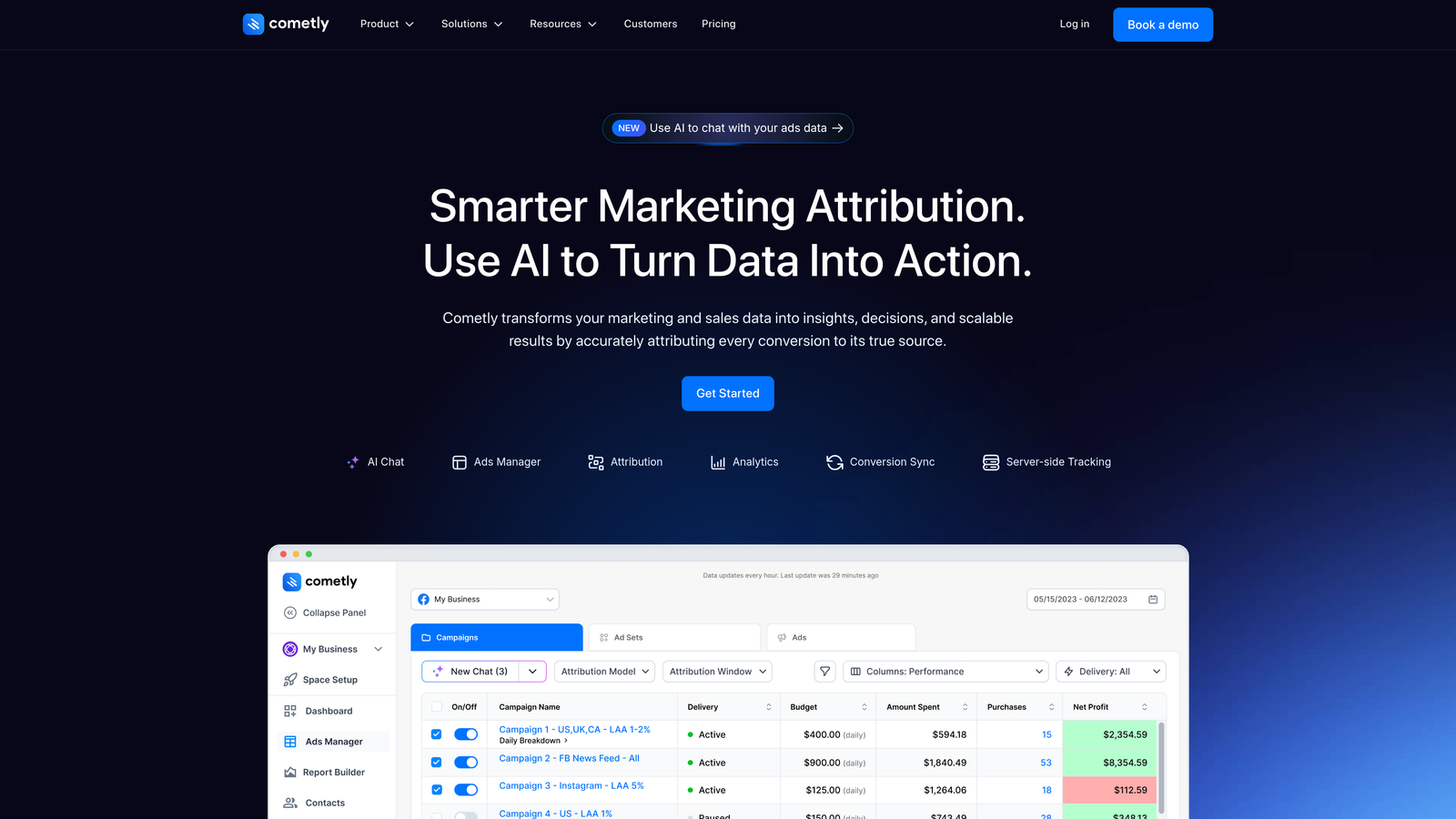
Where This Tool Shines: Cometly excels in providing AI-driven analytics that help optimize ad spending in real-time. Marketers can see how different channels interact and contribute to the overall customer journey.
1. AI-driven analytics: Offers insights based on real-time data, helping you adjust campaigns on the fly.
2. Multi-touch attribution: Understand the impact of each touchpoint in the customer journey.
3. Customizable reporting: Tailor reports to meet your specific needs and focus on metrics that matter.
Pros and Cons:
Pros: Comprehensive analytics and user-friendly interface.
Cons: Higher pricing tier compared to some competitors.
Cometly offers tiered pricing focused on maximizing ROI. Its ability to capture every touchpoint and measure conversions makes it a valuable tool for data-driven marketers.
Best For: Marketers focused on data-driven decision-making and optimized ad spend.
External Link: Cometly Reviews
Best for: Marketers using HubSpot's ecosystem.
HubSpot Ads Manager integrates seamlessly with existing HubSpot tools, enabling users to manage their ads across various platforms from one centralized location. This integration allows for streamlined ad management and performance tracking.
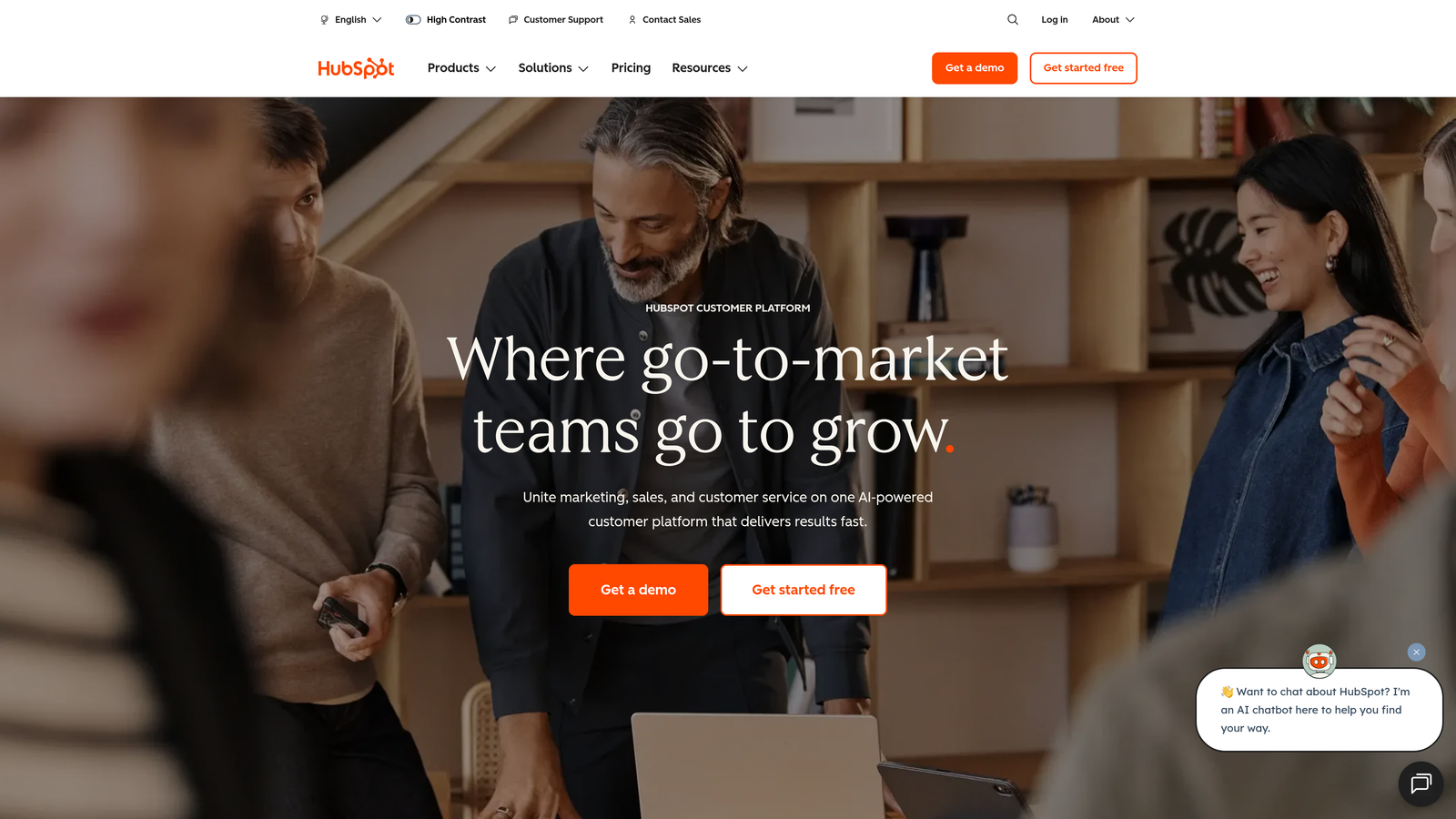
Where This Tool Shines: Its connection to HubSpot's CRM tools provides marketers with a unique edge in tracking customer interactions and understanding ad performance.
1. Multi-channel management: Run ads across Google, Facebook, and other platforms from one dashboard.
2. Performance analytics: Gain insights into ad performance with detailed reporting.
3. A/B testing: Test different ad variations to see what resonates best with your audience.
Pros: Easy integration with the HubSpot ecosystem and comprehensive analytics capabilities.
Cons: Limited functionality for marketers not using HubSpot's full suite of tools. Learn more about top HubSpot Marketing Attribution alternatives.
Included in HubSpot's Marketing Hub, this tool is cost-effective for users already invested in the HubSpot platform.
Best For: Small to medium-sized businesses heavily using HubSpot for marketing.
External Link: HubSpot Ads Manager Review
Best for: Businesses looking for a free entry-level analytics tool.
Google Analytics offers robust tracking capabilities across websites and apps, making it one of the most widely used analytics tools in the world.
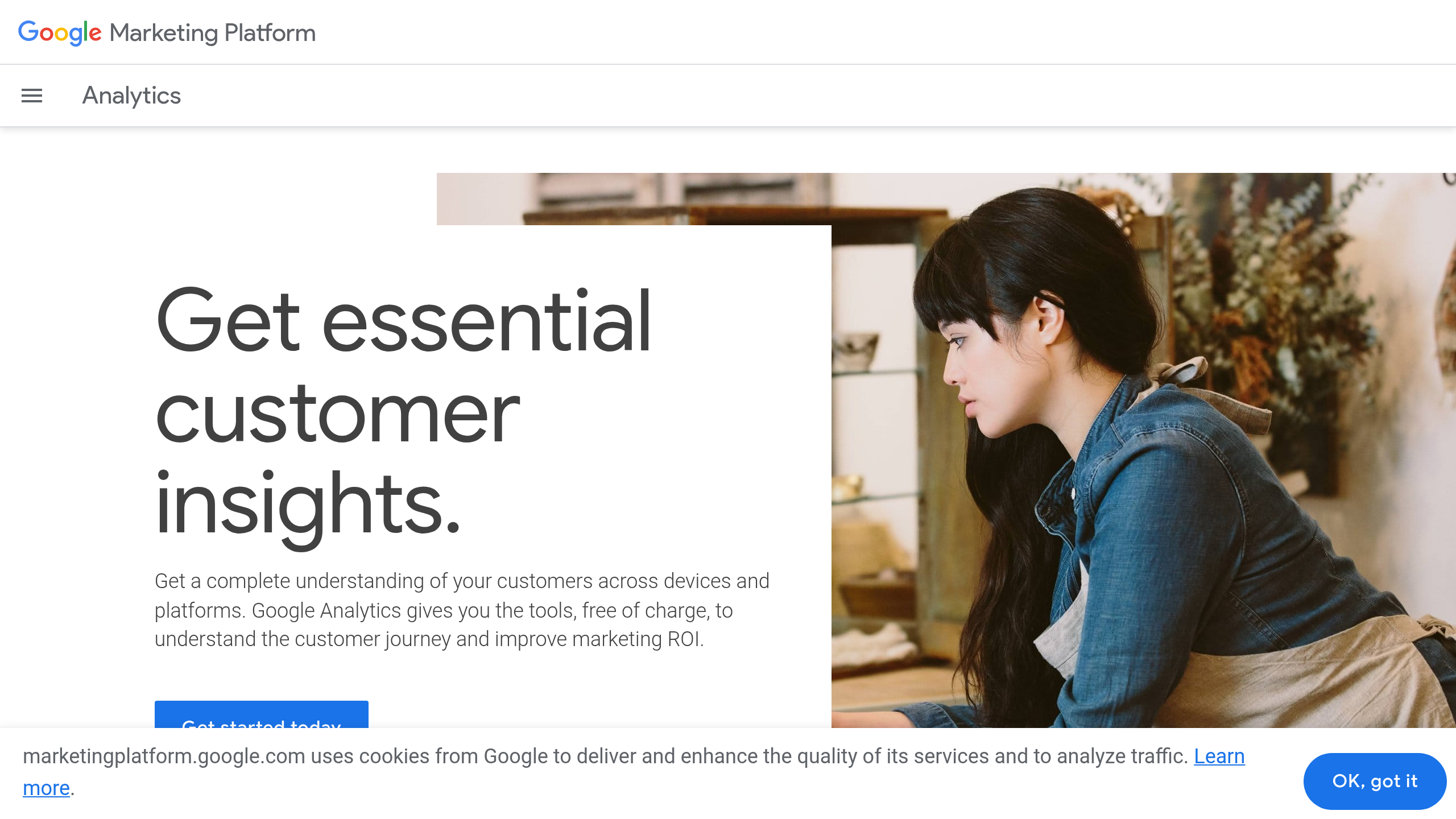
Where This Tool Shines: Google Analytics provides deep insights into user behavior, traffic sources, and conversion paths, helping marketers understand how customers interact with their sites.
1. Custom reporting: Generate detailed reports tailored to your specific needs.
2. Event tracking: Monitor user interactions with specific elements on your site.
3. Conversion goals: Set and track goals to measure the effectiveness of your campaigns.
Pros: Free to use and comprehensive in data collection. Learn more about top Google Analytics alternatives.
Cons: Can be overwhelming for beginners due to its extensive features. Learn more about top GA4 alternatives.
Google Analytics is free to use, with paid upgrades available for businesses needing advanced features.
Best For: Startups and small businesses looking for a cost-effective analytics solution.
External Link: Google Analytics Review
Best for: Enterprises requiring advanced analytics solutions.
Adobe Analytics provides in-depth analysis and real-time data insights for enterprises, making it a go-to solution for large organizations.
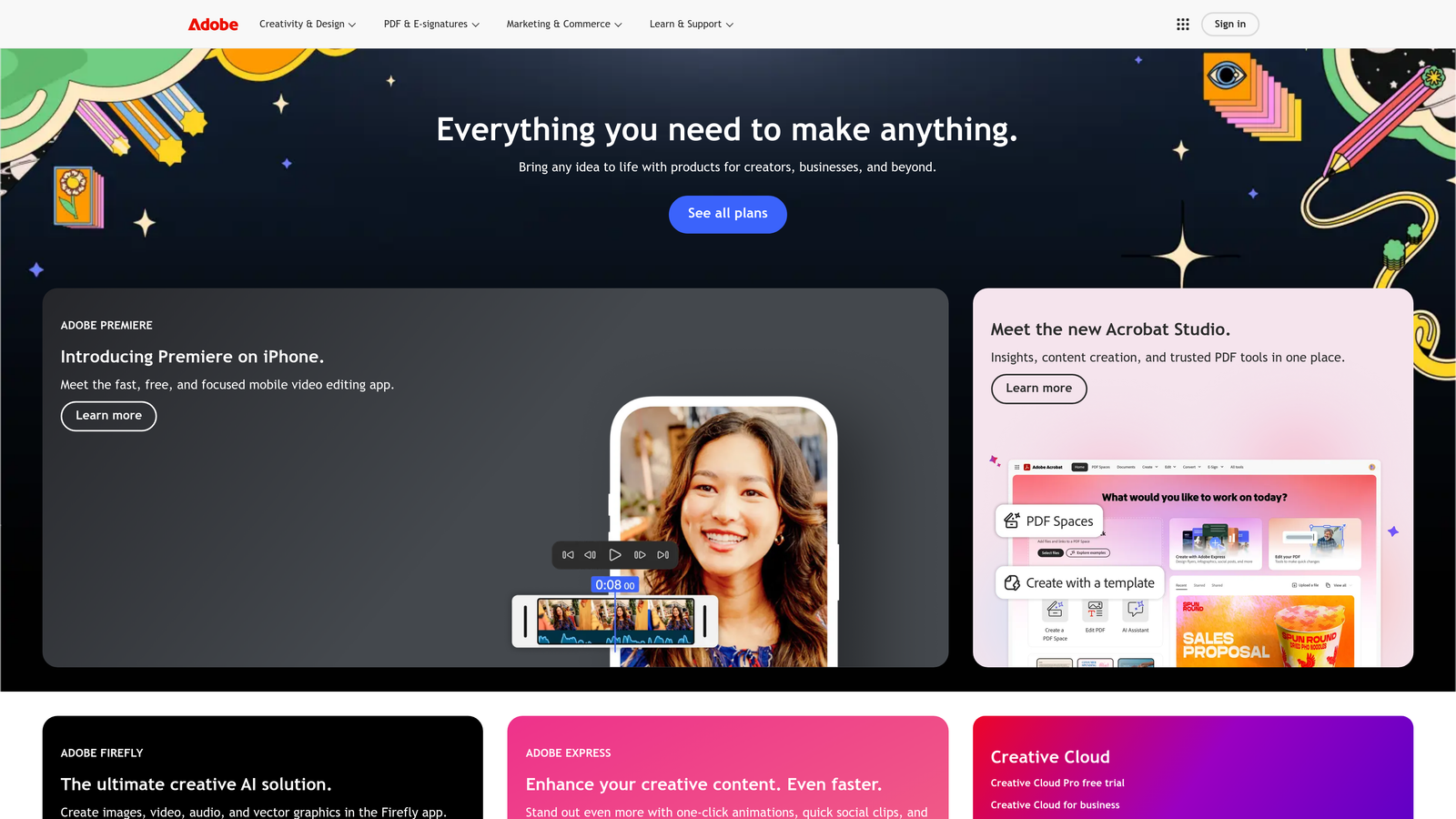
Where This Tool Shines: Its strength lies in predictive analytics and segmentation, allowing marketers to anticipate customer behavior and optimize campaigns accordingly.
1. Real-time data: Access up-to-the-minute insights to inform decision-making.
2. Multi-channel attribution: Understand interactions across various marketing channels.
3. Robust reporting features: Create detailed reports to track performance.
Pros: Advanced features and highly customizable analytics. Learn more about top Adobe Analytics alternatives.
Cons: Expensive and may require training for users to maximize its potential.
Custom pricing based on the needs of the business, making it suitable for enterprises with significant analytics requirements.
Best for: Companies focused on multi-channel marketing attribution.
Attribution provides a comprehensive view of marketing performance across channels, helping businesses understand the effectiveness of their marketing strategies.
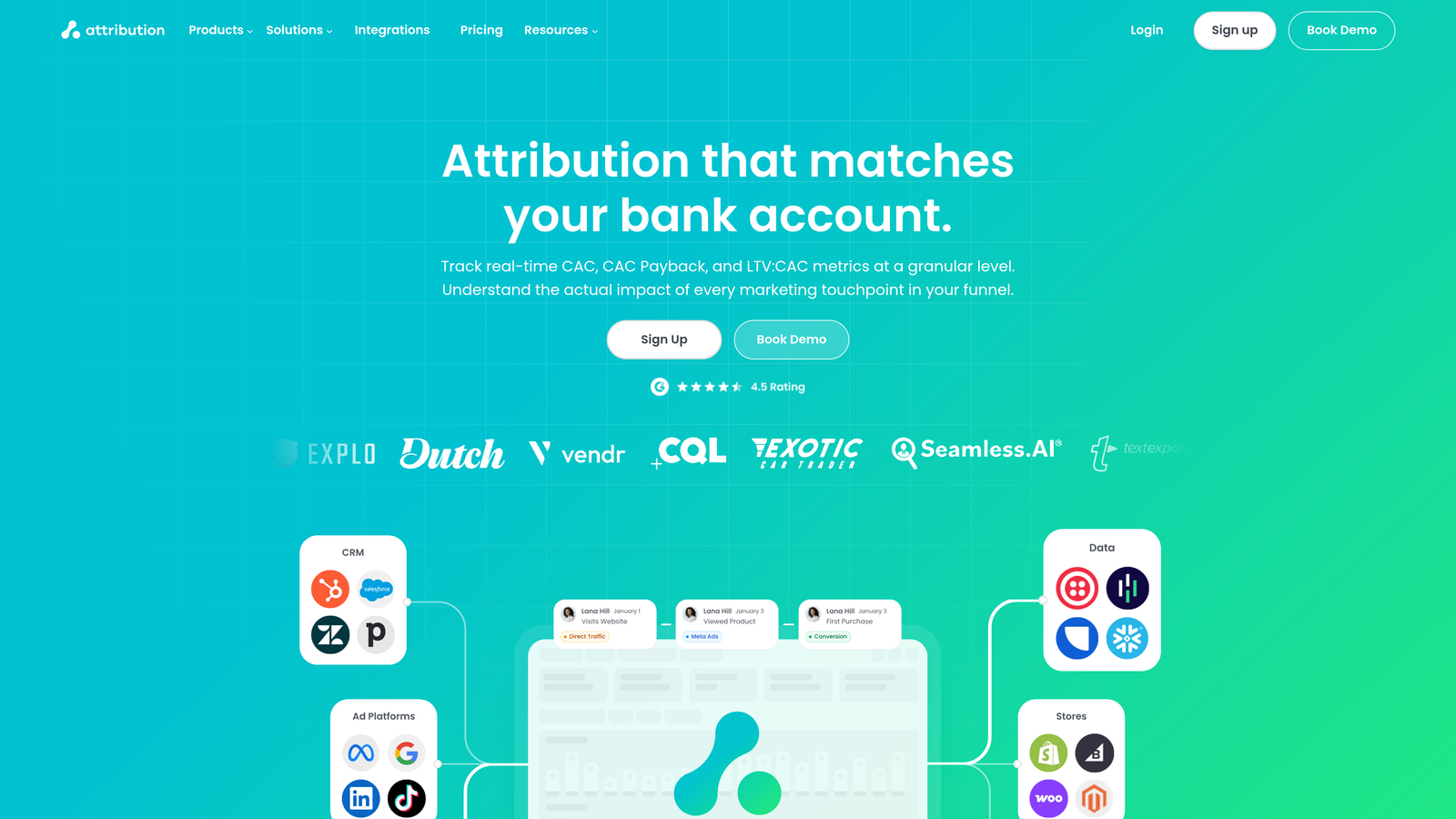
Where This Tool Shines: Attribution’s strong focus on cross-channel insights allows marketers to allocate budgets more effectively based on performance metrics.
1. Multi-touch attribution: Gain insights into how different marketing channels contribute to conversions.
2. Customer journey mapping: Visualize the customer journey to identify key touchpoints.
3. Budget allocation insights: Optimize spending based on performance data.
Pros: Intuitive interface and excellent customer support. Learn more about top Attribution alternatives.
Cons: May require significant setup time to integrate with existing systems.
Competitive pricing based on the feature set, making it a good choice for marketers seeking comprehensive insights.
Best For: Marketing teams looking for in-depth, cross-channel insights.
Best for: Businesses looking to centralize customer data.
Segment allows businesses to collect, unify, and route customer data to various tools, facilitating a comprehensive view of customer interactions.
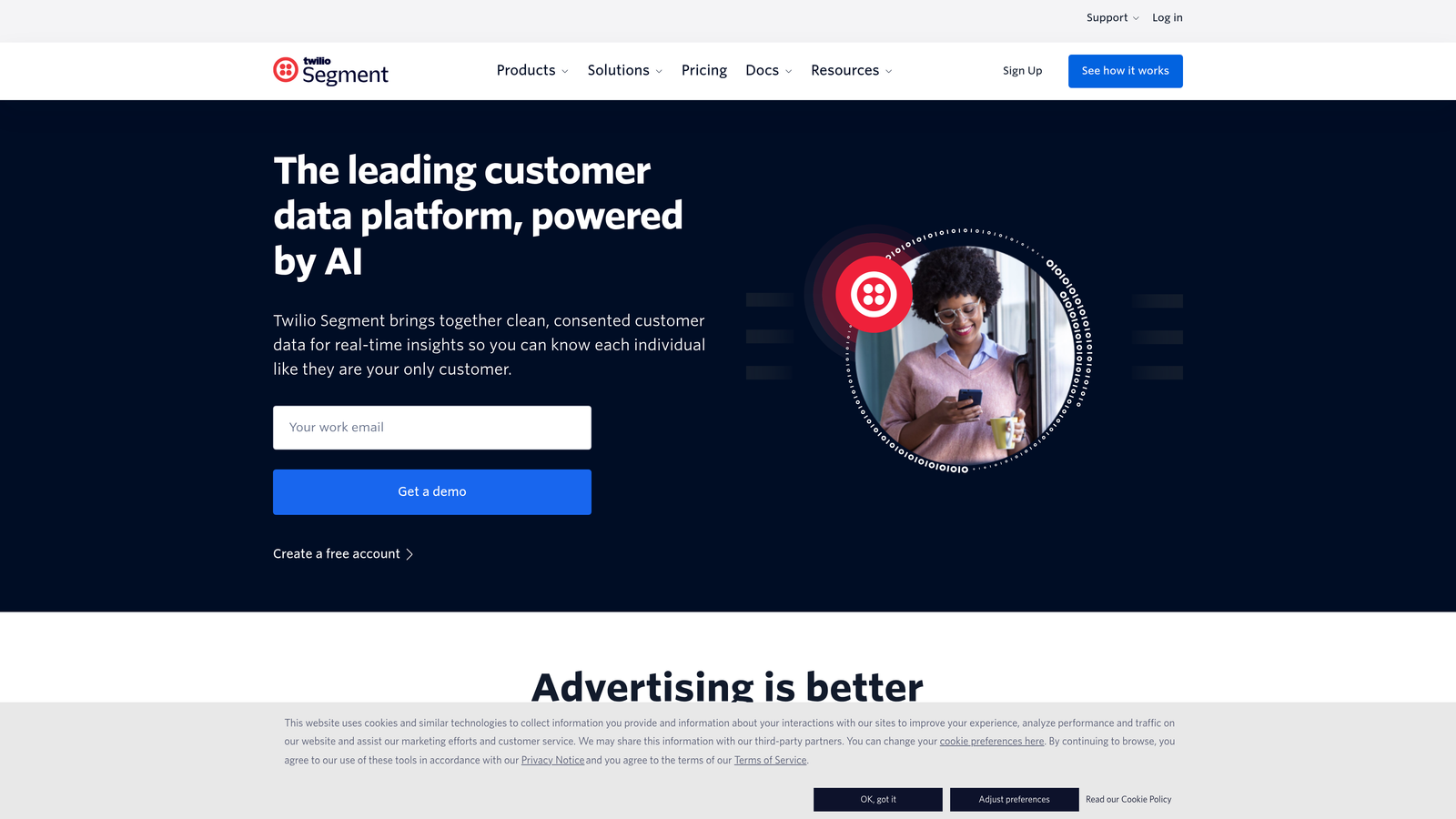
Where This Tool Shines: Its data unification capabilities streamline analytics efforts, enabling marketers to gain deeper insights.
1. Customer data platform: Centralize data from multiple sources for consistent analysis.
2. Integrations with other tools: Easily connect Segment with your existing marketing stack.
3. Real-time data processing: Access up-to-date customer data for immediate insights.
Pros: Simplifies data integration and enhances data accuracy.
Cons: Can be complex to set up initially.
Tiered pricing based on the volume of data processed, providing flexibility for businesses of all sizes.
Best For: Data-driven organizations looking to maximize insights from their customer data.
Best for: Product teams needing detailed user engagement metrics.
Mixpanel focuses on user behavior analytics, allowing product teams to make data-driven decisions based on how users interact with their products.
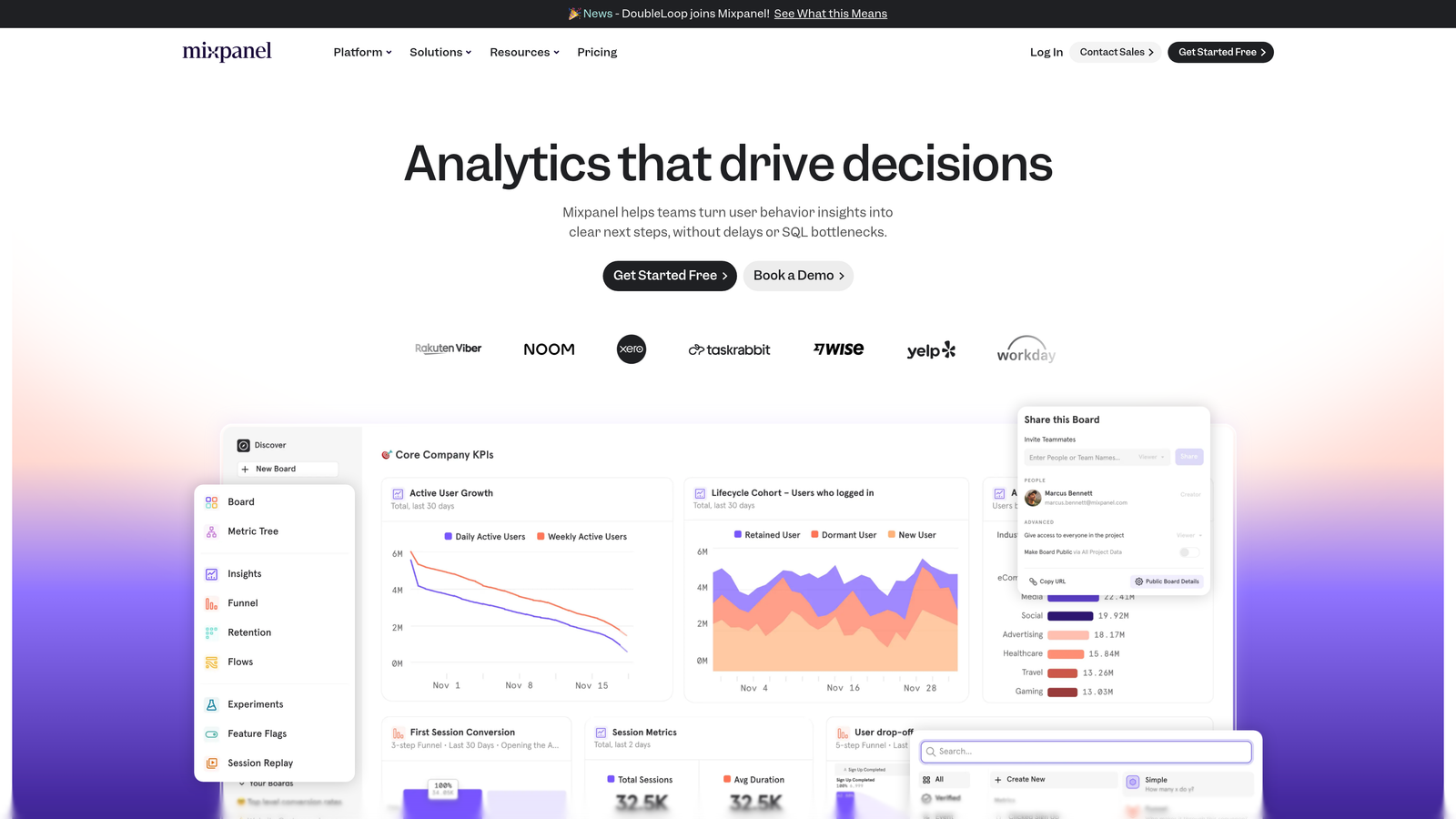
Where This Tool Shines: Strong event tracking and user engagement metrics provide valuable insights for product development and marketing strategies.
1. Funnel analysis: Identify where users drop off in the conversion process.
2. Cohort analysis: Understand user behavior over time to inform retention strategies.
3. Retention tracking: Monitor how often users return to engage with your product.
Pros: Powerful insights into user behavior and engagement.
Cons: Requires time to learn all features and maximize its potential. Learn more about top Mixpanel alternatives.
Offers a free tier with additional features available at competitive pricing, making it accessible for startups and small businesses.
Best For: Product managers and UX teams focused on enhancing user experiences.
Choosing Cometly as your marketing attribution tool can significantly enhance your understanding of customer behavior and optimize your marketing strategies. One of the primary reasons to select Cometly is its comprehensive analytics capabilities, which provide actionable insights into multi-channel marketing efforts. This allows businesses to track the effectiveness of various channels, ensuring that marketing budgets are allocated efficiently.
Key Features & Benefits of Cometly:
1. AI-Driven Analytics: Cometly utilizes advanced AI algorithms to analyze real-time data, helping marketers make informed decisions quickly. This feature allows for the adjustment of campaigns on-the-fly, ensuring that marketing efforts are always aligned with current performance metrics.
2. Multi-Touch Attribution: With Cometly's multi-touch attribution model, businesses can gain insights into how different touchpoints in the customer journey contribute to conversions. This holistic view helps marketers understand the value of each channel, leading to more effective strategies.
3. Customizable Reporting: The platform offers tailored reporting options that allow users to focus on the metrics that matter most to their business. This flexibility ensures that teams can track performance based on their specific goals and objectives.
4. Integration Capabilities: Cometly seamlessly integrates with various marketing tools and platforms, enabling businesses to consolidate their marketing data. This integration simplifies the tracking process and enhances the overall user experience.
5. User-Friendly Interface: The intuitive design of Cometly makes it accessible for marketers of all skill levels. Users can easily navigate the platform and access the insights they need without extensive training.
6. Real-Time Insights: Cometly provides up-to-the-minute analytics that equip marketers with the ability to respond to changes in performance immediately. This capability is crucial in today’s fast-paced marketing environment, where timely adjustments can lead to better outcomes.
By leveraging these features, marketers can optimize their ad spending, improve conversion rates, and ultimately enhance their overall marketing ROI. Cometly's focus on comprehensive data analysis empowers businesses to make data-driven decisions that can lead to sustained growth and success in their marketing efforts.
In summary, if you are looking to adjust your marketing attribution strategy effectively, Cometly offers a robust solution that combines advanced analytics, user-friendly design, and integration capabilities, making it a top choice for marketers aiming to maximize their impact across multiple channels.
Choosing the right marketing attribution tools can make a significant difference in understanding your marketing effectiveness. Each tool mentioned has unique strengths, from Cometly's comprehensive analytics to Google Analytics' accessibility for beginners. When selecting a tool, consider your specific needs, team size, and the complexity of your marketing strategies.
By leveraging these tools effectively, you can optimize your marketing spend, improve your ROI, and make informed decisions based on real data. Remember, the landscape of marketing attribution is always changing. Continuous testing and adaptation are essential for success.
Ready to take your marketing strategy to the next level? Get your free demo of Cometly today and see how our solutions can enhance your marketing attribution efforts.
Learn how Cometly can help you pinpoint channels driving revenue.
.svg)
Network with the top performance marketers in the industry